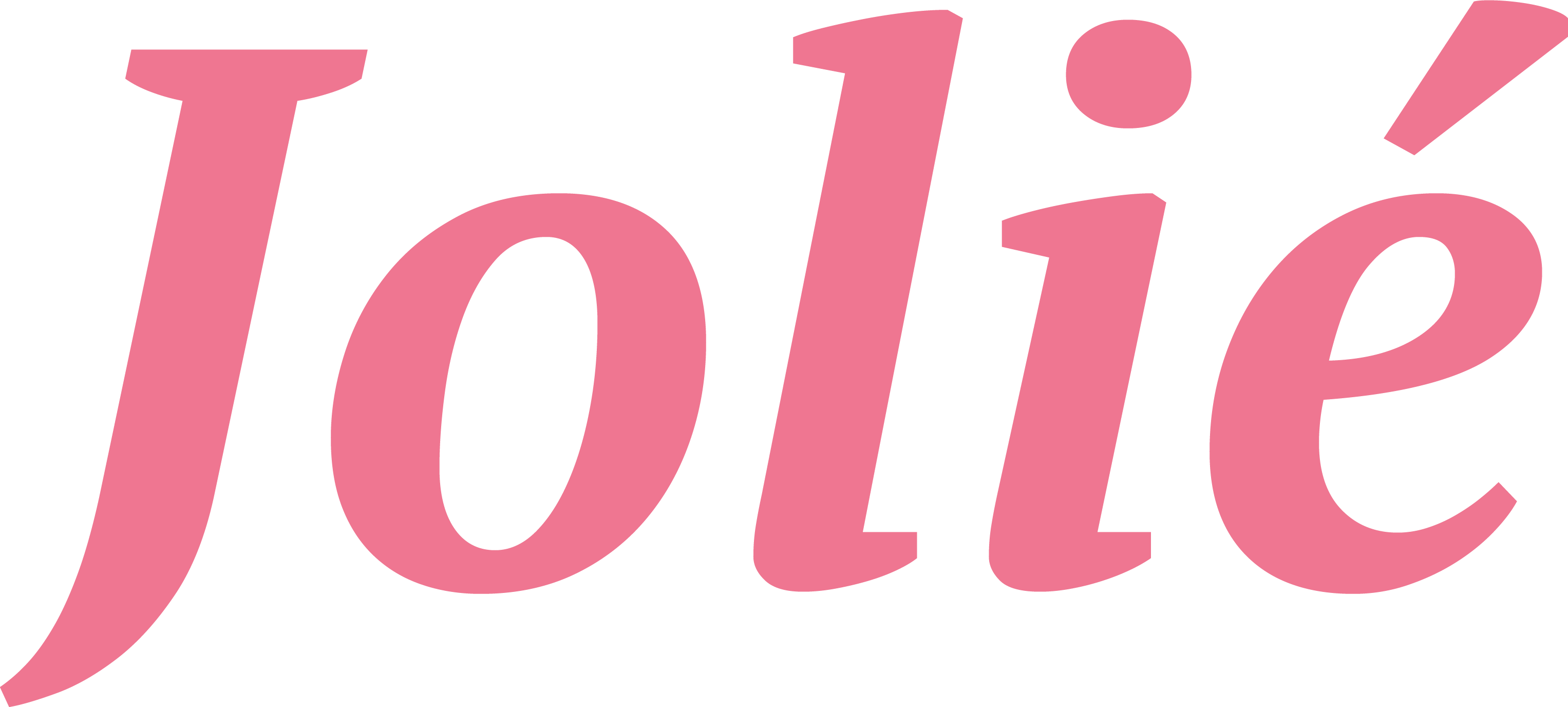As spring broke out in full bloom in April 2021, I found myself ensconced in a quaint East London tattoo parlor. I grimaced a bit, fighting the discomfort as a creative soul etched the letters “EIC” along with a demure semicolon on the skin of my ring and middle fingers. What’s the significance, you ask? The acronym stands for the cherished mantra of celebrated writer Nora Ephron, “Everything is copied,” symbolizing that our experiences are prime material for riveting stories. The semicolon served as my beacon, my reminder that I had finally emerged from a maelstrom of despair, something I had once deemed impossible. In essence, these tattoos were my badges of survival, a tribute to my recently inked book deal, but more significantly, they stood as a testament to my resilience.
Rewind a little to the autumn of 2019, I was caught in the throes of an agonizing break-up after an intensely toxic, 18-month-long relationship. Depleted of all emotional reserves after giving my all to someone who couldn’t reciprocate my feelings, I was left feeling lost and fragmented. The feeling of being trapped in an infinite void and aimlessly adrift was all too consuming, and, unfortunately, I succumbed to thoughts of ending my own life.
Thankfully, the attempt was unsuccessful, and I found myself instead in a hospital room, surrounded by a team of medical professionals and my closest confidante. We were collectively brainstorming a way forward, a route to put me back on track. I decided to take a hiatus from work, having my feelings and behaviors closely monitored by nurses. I also consulted with a psychiatrist, who delivered a revelation that would send ripples through my existence: I was diagnosed with bipolar disorder, type two.
Rather ironically, this mental health crisis turned out to be my lifeline. Although I was aware of my propensity for manic and depressive phases, it had never occurred to me that these were symptoms of bipolar disorder, and, crucially, they could be treated. The storm of my breakup was merely a trigger, and not the actual cause of my suicide attempt. This newfound clarity about my condition gave me hope. I realized I could get better, and it was this realization that lifted the weight off my chest.
This diagnosis became a mirror that reflected so much of my behavior and experiences. It shone a light on the weeks spent in sleepless obsession over the minutiae, the spiraling lows that followed, characterized by breakdowns in office bathrooms over minor criticisms or tears shed in a friend’s embrace after being ghosted. Yet, this enlightenment was tinged with fear. The stigma attached to bipolar disorder had me dreading that I would be perceived as a ticking time bomb by potential partners, a beacon of damage and instability.
However, while bipolar disorder – a mental health condition marked by extreme mood swings – is a significant diagnosis and deserves serious attention, it is not the death knell for your love life. After my diagnosis, I embarked on a journey of therapy and medication. I took time out for myself, healing from the scars of my past relationship and focusing on my mental well-being.
When I decided to dip my toes into the dating pool again, I did so with a newfound sense of self and a deeper understanding of the perils of over-investment in an unequal relationship. My dating experience was casual, a series of tentative explorations that didn’t necessitate disclosure of my condition. That was until I met Iain.
Iain was the embodiment of the ideal partner – kind, intelligent, considerate, and shared my excitement for befriending every dog we encountered. His perfection ignited my insecurities. I feared that disclosing my struggles with bipolar disorder would drive him away. Why would someone as wonderful as him choose to be with me, someone battling an often stigmatized mental condition?
My fears found a voice when Iain enquired about my freshly-inked semicolon tattoo. After carefully weighing his character and the warmth he exuded, I decided to share my story. I was surprised to find him supportive and understanding, unphased by my revelation.
That was a turning point for me. I realized that being bipolar wasn’t my defining trait, but just a part of who I was. If Iain wanted to be with me, he’d be with someone kind, supportive, and yes, dealing with bipolar disorder. And, it truly was that simple.
Fast forward two years, Iain and I are still going strong. He’s seen me through my highest highs and lowest lows, loving me through it all. My journey with bipolar disorder isn’t over, but it no longer casts a shadow over my relationships or my sense of self. It has not prevented me from being a loving, reliable partner, nor has it hindered me in finding one in Iain.
Through my past relationships, I had built a fallacy that love and affection were conditional, that I had to conform to an image my partners desired to earn their love and commitment. But with Iain, from our earliest interactions, I felt accepted for who I was. My initial worries that my bipolar disorder would tarnish his perception of me were needless. A true partner loves and accepts you for who you are, your mental health condition, and all. And that, dear reader, is the love we all deserve.








